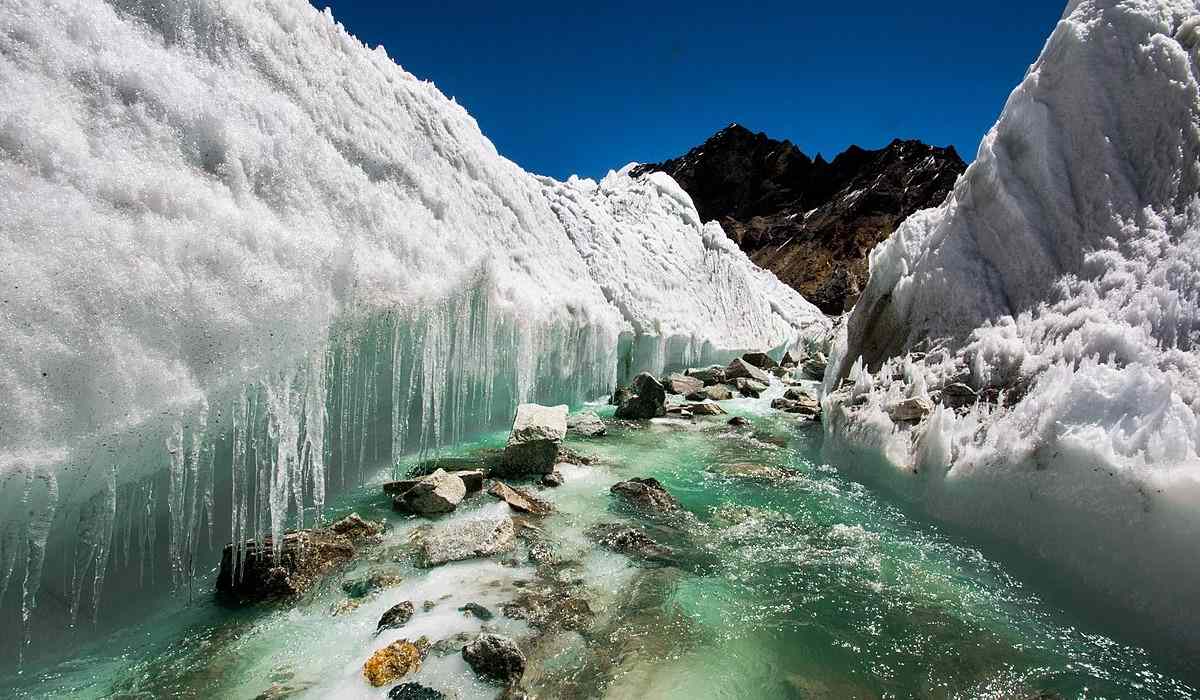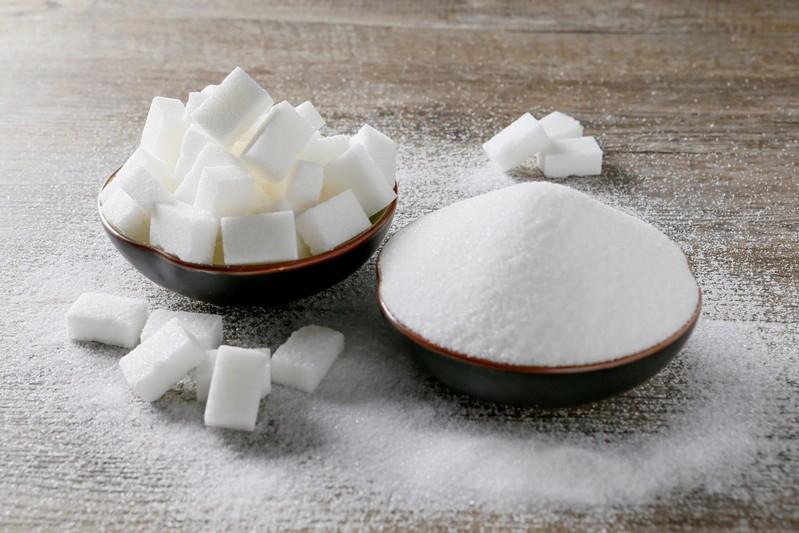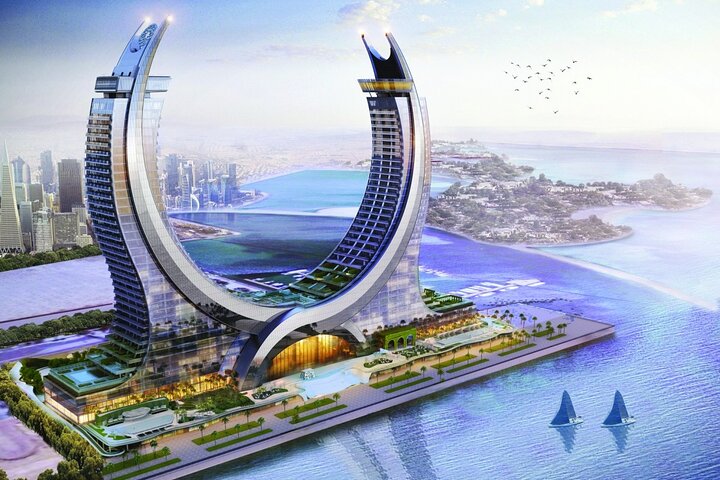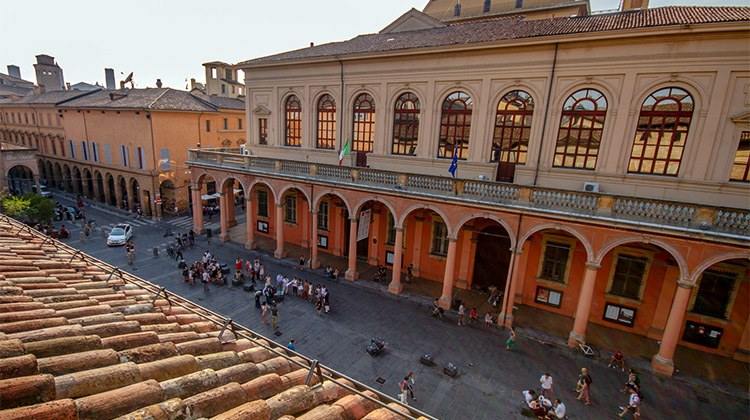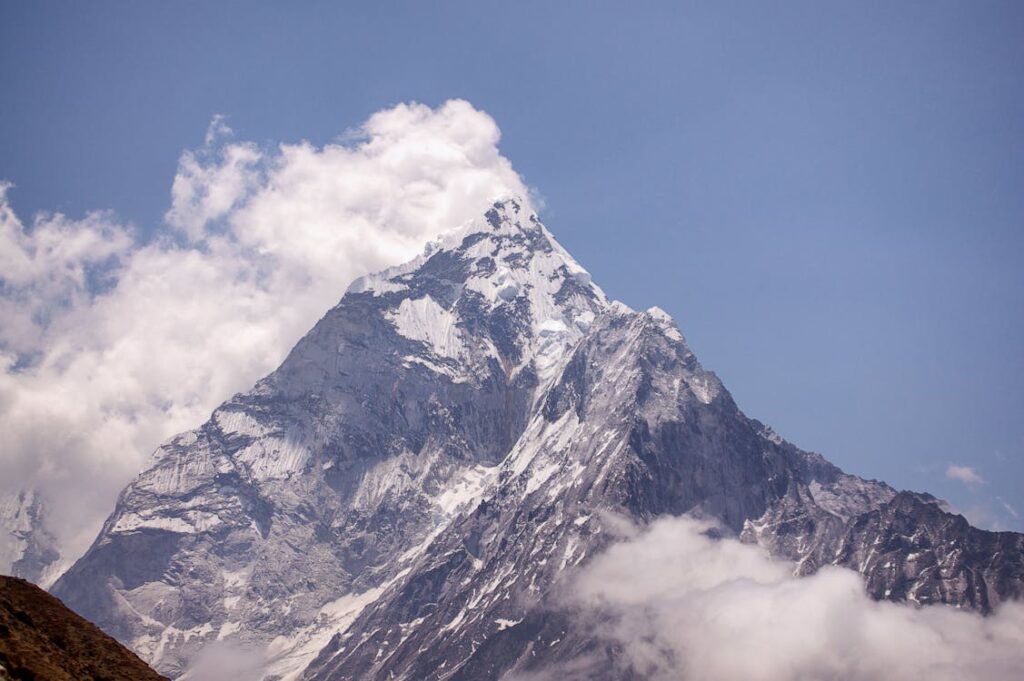
Stunning Glaciers in Pakistan are natural wonders; however, climate change is melting their ice rapidly. If you’re planning a trip to the northern areas this summer, stay informed about weather, follow local safety advisories, and travel with caution.
There are over 13000 glaciers, making the country the third pole after Antarctic and Arctic regions. These majestic ice formations are tourist attractions and a source of fresh water, irrigation, and hydropower. However, the effects of climate change on Glaciers in Pakistan have raised concerns about the country’s environment and sustainability.
Famous And Biggest Glaciers in Pakistan
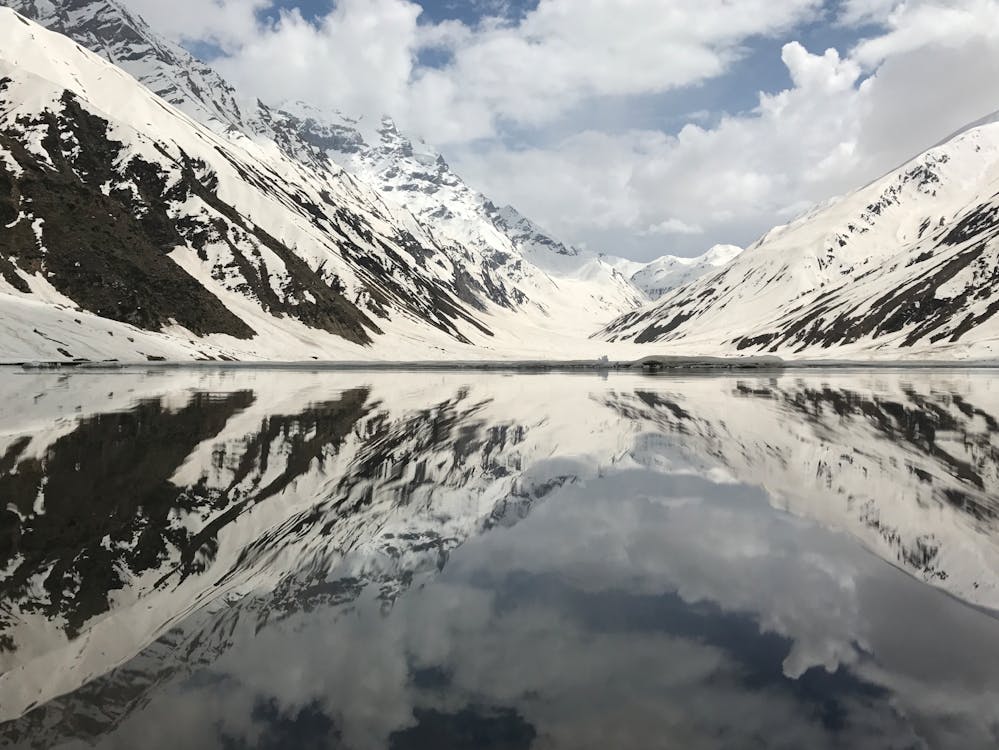
As we mentioned above, there are approximately 13000 Glaciers in Pakistan, making the country one of the highest resources of icy giants. The top 10 glaciers in Pakistan include some of the breathtaking snowy peaks in the world. Let’s discuss them in detail.
Siachen Glacier
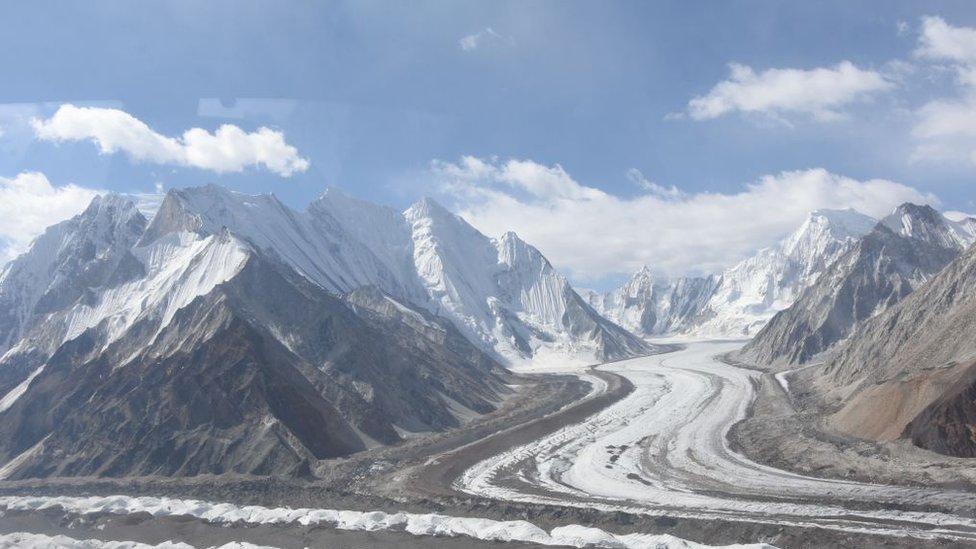
Siachen is the largest glacier in Pakistan spread to 76 kilometers, the longest in the Karakoram. It is interesting that Siachen is also known as the highest battlefield in the world at the altitide of 20,000 feet. Two nulear powers Pakistan and India claim Siachen and have their military bases over there. India controls the galcier and the Saltoro Ridge while Pakistan controls the west of Saltoro Ridge and has military camps on the sub-glacier west of Saltoro Ridge. Outside the polar region, Siachin is the second largest glacier in the world and a strategically important region as it offers direct connection to Azad Jammu Kashmir and China.
Batura Glacier
Batura Glacier is the fourth longest glacier in Pakistan. Located in Gilgit Baltistan, it has a wonderful peak of 58 kilometers.
Baltoro Glacier
The Baltoro Glacier is included in the list of top 10 galciers in Pakistan. It is the 5th longest glacier in the world. You will be amazed that this 63-kilometer-long glacier range holds K2, Broad Peak, Gasherbrum I, and Gasherbrum II. All of these are among the world’s most famous 8,000-meter peaks.
Biafo Glacier
Located in Gilgit Baltistan, Biafo Glacier is one of the important glaciers in Pakistan. This snowy beauty is the world’s third longest glacier outside the polar region. The 63 kilometer long frosty peaks are the second largest glacier in Pakistan.
Passu Glacier
Hisper Glacier
Batura Glacier
It is 57 kilometers long and is located in the Hunza Valley of Pakistan. This scenic beauty is
Abruzzi Glacier
It is 63 kilometers long and located in Skardu. From here, you can enjoy the views of K2.
Godwin Austen Glacier
It is located in the Karakoram Range.
Gondogorro Glacier
It is located in the Karakoram Range and is 12 kilometers long.
Effects of Climate Change on Glaciers
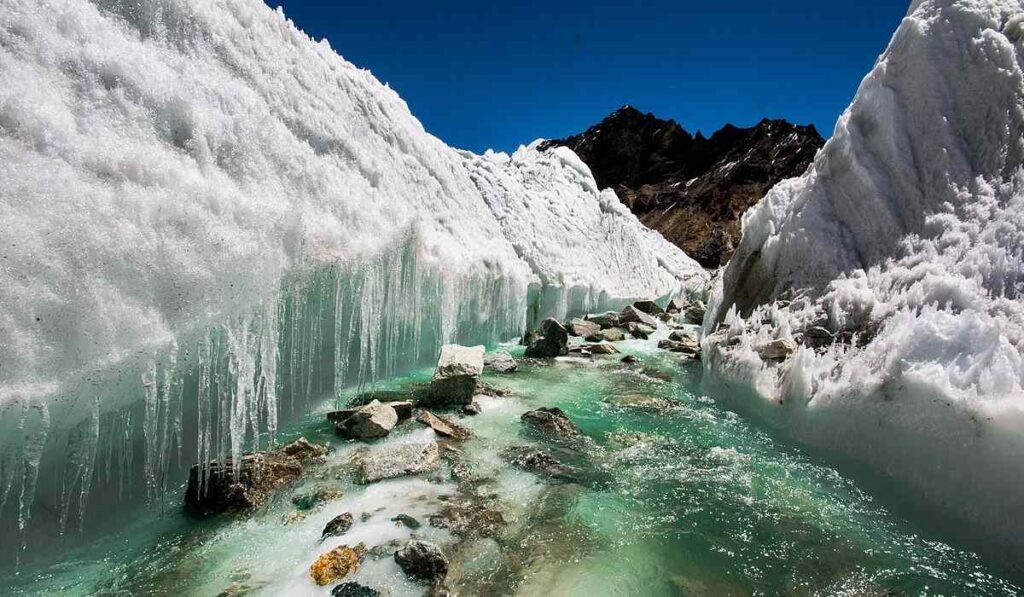
Although Pakistan contributes less than 1% of carbon emissions to the world, the repercussions on the country’s natural resources are enormous. It can be understood from the fact that the glaciers in Pakistan are melting rapidly. One such example is the Passu Glacier, located in Gilgit-Baltistan, the northern region of Pakistan. The data has revealed that the Passu Glacier has reduced 10% in size during the past four decades from 1977 to 2014.
Glacier Outburst in Attabad Lake June 2025
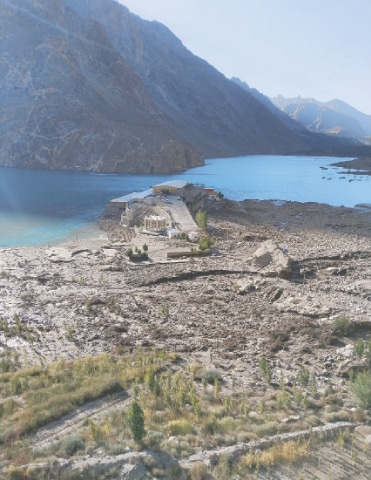
Climate Change is real and its showing up itself in an alarming way. One such example is the recent glacier outburst in the Attabad Lake which is one of the hottest tourist spot in Pakistan. Intense heat and early moonsoon has caused a glacier melt that caused a flood in the Attabad Lake and was enough to scare the tourists. The lake itself is a creation of a landsliding in the Hunza River in 2010, amazed that amazed the world for turning a natural disaster into an adventurer’s must-visit destination. If you are planning to visit Gilgit for summer vacation, it is advised to take all the advisory about the weather and NDMA alerts to skip any unusual circumstances.
3000 Glacial Lakes in Pakistan
Climate change has also resulted in the glacial lakes, such as Attabad Lake in Hunza Valley, Gilgit Baltistan. The rising temperature due to carbon emissions has caused the glaciers to melt down, thus overflowing rivers and oceans and creating lakes. There are over 3000 glacial lakes in Gilgit Baltistan and KPK province alone. Many of them can burst anytime, thus damaging the nearby community. UNDP has declared 33 lakes are the most denagerous and can have drastic impact on over 7 million people living downside in KPK and Gilgit Baltistan.
Why Are Glaciers in Pakistan Important?
Glaciers are not just ice-capped beauties and Instagrammable spots, they are a source of life. Millions of people in northern Pakistan use the glacial meltwater for drinking purposes, to grow their crops, and to survive. Moreover, the glacial water is rich in nutrients and minerals.
When it flows down to the rivers, oceans, and lakes, it multiplies the growth of marine algae like Phytoplankton. As a result, the marine creations of plants and animals are supported by the meltwater of glaciers in Pakistan.
Glaciers also provide freshwater for agricultural purposes in the area, thus, the millions of inhabitants perform their living activities and maintain a lifecycle.
Pakistan has abundant natural resources which can generate billion dollar revenue. However, the lack of government support to private industries have caused decades of delay in the utilization of these landmarks. Tell us what do you think about the glaciers of Pakistan. Stay updated about 360 Buzz.

